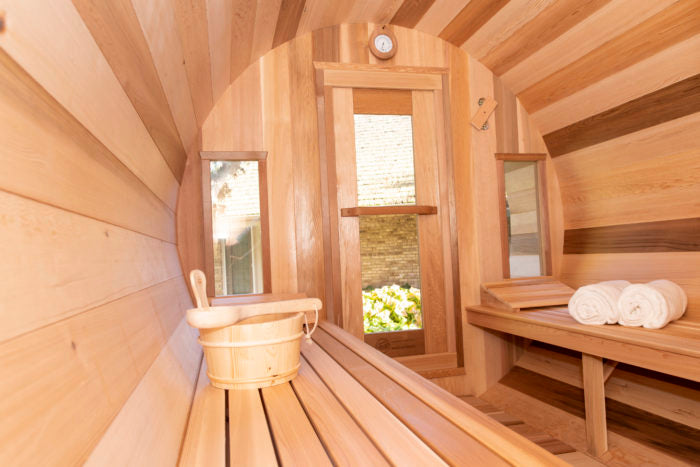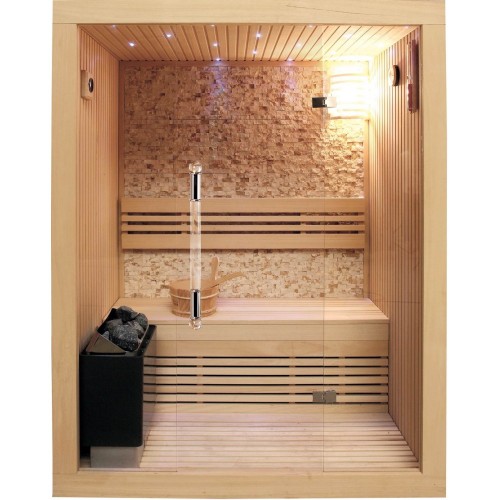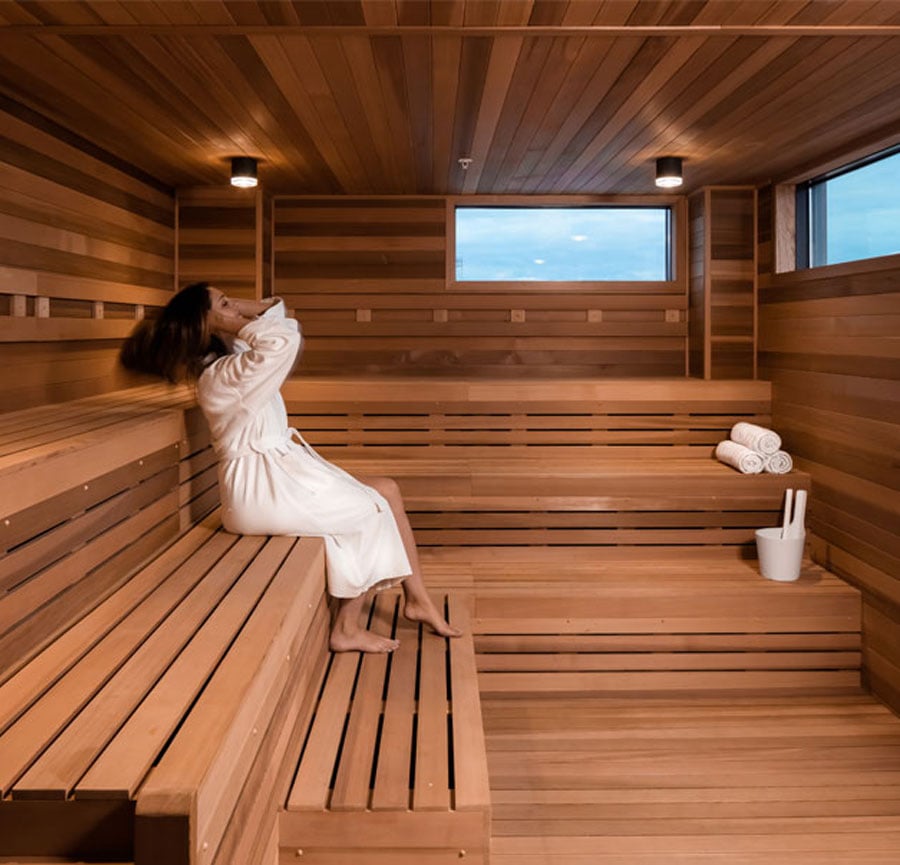Traditional Sauna - An Overview
Traditional Sauna - An Overview
Blog Article
Traditional Sauna Can Be Fun For Anyone
Table of ContentsGetting My Traditional Sauna To WorkTraditional Sauna for DummiesTraditional Sauna for DummiesGetting The Traditional Sauna To WorkThe Buzz on Traditional Sauna
Most of the weight lost in a sauna is water loss and is re-gained upon rehydrating. Without a doubt sauna can be an essential component of a healthy weight loss program. To check out the distinctions in between conventional and IR saunas, I will certainly divide these into verifiable, academic, and made distinctions.Thus, the hottest factor in the saunawhich is at the ceiling straight above the sauna heateris typically between 185 and 190 F. Claims that a typical sauna goes beyond 200 F is simply not true and not appropriate for electrical saunas sold in the United States. The temperature level for a far-infrared sauna is usually established between 120 and 140 F; nonetheless, unlike the conventional sauna, the goal in and IR area is not to achieve a heat.
Since of this, the temperature level difference is practically unnecessary, since excessive sweating leads to both sauna kinds, yet the technique of heating the body is various. In an IR sauna the bather will certainly feel warm and will sweat profusely, yet at a lot lower temperature levels (Traditional Sauna). Thus, if the goal is to spend longer amount of times in the sauna, the IR sauna is a great option
When a conventional sauna has been correctly warmed, the sauna wall surfaces are cozy, the air temperature level has actually attained set temperature level and the rocks are very heated. As an intriguing side note, the warmed walls and the rocks are discharging far-infrared warm, incorporated with the heated air, to produce an "covering warmth".
More About Traditional Sauna

When the high temperature level is attained, the elements cycle on and off to keep the high temperature. Most traditional sauna individuals take pleasure in putting water over the rocks to create vapor to raise sauna moisture degrees. The advantages of pouring water over the rocks include: making the room more comfortable, dampening the nasal flows, and allowing the use of aromatherapy by mixing crucial oils with the water.

When the power gets in the body, it navigate to this website triggers the body temperature level to raise and eventually causes sweat. In an infrared sauna it is essential for the emitters/heaters to continue to be on almost continuously. Given that there is no mass of rocks to preserve warmth, the sauna will certainly cool if the emitters turned off.
As stated over, the sauna bather in an infrared area wants to place himself in front of operating emitters to get maximum benefit from the warmth. The home heating time for both areas can be very various, relying on exactly how the spaces are used. For a typical sauna, a bather must allow 30-40 minutes for the space to accomplish a wanted temperature and to effectively pre-heat the rocks.
Indicators on Traditional Sauna You Need To Know
A well constructed sauna will generally achieve a temperature of 150-160 F in about 30-40 mins. For hotter temperature levels, the area might require to warmth for a longer duration.

Conventional saunas often tend to be bigger (hence utilize even more electrical energy) than infrared saunas, although typical saunas are absolutely available in one and two individual sizes too. For a two-person traditional sauna, 5x6 or 5x7 dimension is a knockout post most popular. The leading bench can comfortably seat 2 or three individuals and is additionally enough time to rest during the sauna session.
Excitement About Traditional Sauna
The ordinary cost per kWH of electricity in the united state is about $0.11, so a 4.5 kW heating unit will certainly cost approximately $.50 to compete one hour, if the heater runs continuously for one hour. Typically a sauna heating system will certainly run for 75% of the very first hour and 50% of succeeding hours on because the components cycle once the set temperature level is attained.

Finally, there is a hardly ever reviewed distinction in the social experience in between both rooms. While our culture has lost several of the social benefit of the traditional sauna experience, it can be extremely socially gratifying (Traditional Sauna). From family members time in the sauna, to heart-felt discussions with considerable others, to sauna partiesthe traditional sauna experience can cause intimate socializing
Traditional Sauna - Questions
Most greater end infrared areas include colored light treatment, noise systems visit this page and full-glass fronts.
Report this page